Spanish Craft Beer
Friday, May 23, 2025
In Spain, however much they might like going out for a few beers, they're not known as a beer-drinking country. Change is in the air, however, and more and more Spaniards are scouting out quality and originality in their beer. It's becoming a normal thing to go to a beer tasting, and the words associated with beer are beginning to sound less and less foreign. Each province now has a microbrewery or two that make and market their own brews, organise classes and tastings with pairing suggestions, open their brewery doors to the public so they can get a closer look at how it's done, etc just as wineries have been doing for years, encouraging tourism similar to wine tourism, though it is still in its early stages.
The ingredients are simple: water, barley (which turns into malt after germination and the drying of the barley), hops and yeast. People have been brewing beer for centuries and it has been one of the world's biggest industries throughout history. Here are some of the most popular craft beers in Spain which are well worth tasting...
La Salve, Bilbao: A beer that is coming back strong

This isn't a new beer; the brewery was founded in 1886. After being closed for several decades, La Salve was reborn in 2014 with the aim of becoming the figurehead of Bilbao's beers. With the intention of creating cultural spaces in which to support new artists, its name comes from the site of its first brewery, underneath the La Salve bridge which is now directly connected to the Guggenheim Museum. It was the son of a German brewer who lived in the capital who set the ball in motion. They brew two types of beer: 33 cl and 50 cl golden and Munich ales, the perfect match for meat and cheese thanks to their caramel aroma and the hints of malt and clove.
 Cibeles, Madrid. Cibeles, Madrid.
Can't get any more Madrid than this. Cibeles, with 12 different kinds of beer, has only been on the market for four years and its microbrewery south of the city has become a gathering place for craft beer lovers. Besides brewing and bottling their beers, they also host activities at their facilities, ranging from tastings and classes on brewing to concerts. The space is also available to hire for company events or meetings. Their beers go from the classic pale ale, smooth and refreshing, to a stout with more body that releases aromas and flavours of coffee and chocolate.
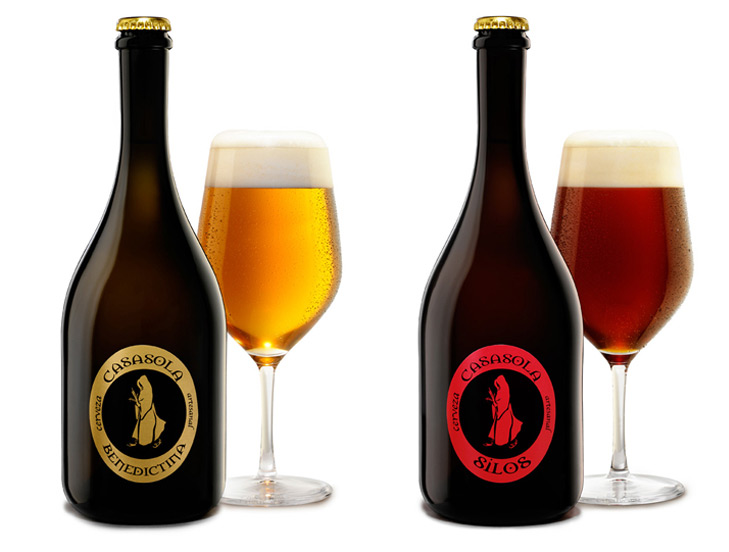 Cervecería Casasola, Valladolid. From the heart of the Esgueva Valley Cervecería Casasola, Valladolid. From the heart of the Esgueva Valley
They were pioneers in Castilla y León in microbrewing. The brewery is housed in what was once a monastery's dairy. They've captured the essence of the place in their brand and their logo which features a monk; a reference to the abbots, considered the best brewers of them all. In Casasola they bottle a large variety of beers in 75 cl bottles, giving them the opportunity to ferment for a second time in the bottle, strengthening the flavour. That's how they add hints of pepper, orange and even a final touch of coriander to their wheat beer.

Beer Cat, Barcelona. Craft beer born in a country villa
Beer Cat is a special case in several ways. It is Spanish brewing led by three English partners who decided one day to leave their homeland and embark on this project in Barcelona. Inside a typical Catalan masia, or country villa, they brew six types of beer and offer guided tours of the estate. Each one of its beers pairs perfectly with different dishes, like its Pa i Roses, a wheat beer, whose touches of lime and citric aromas perfectly bring out the flavours of fish dishes.
 2
Like
Published at 9:19 PM Comments (0)
2
Like
Published at 9:19 PM Comments (0)
Madrid Buzzing as San Isidro Festival Draws to a Close
Monday, May 12, 2025
Madrid is currently alive with the vibrant energy of its annual San Isidro festival, a cherished celebration honouring the city's patron saint, San Isidro Labrador. This significant event, deeply rooted in tradition yet embracing contemporary flair, unfolds every year in mid-May, with the saint's feast day falling on the 15th. This year, the festivities commenced at the beginning of May and will continue until the 15th, offering a delightful blend of cultural experiences for locals and visitors alike. The atmosphere is one of warm Spanish hospitality, where age-old customs mingle seamlessly with modern entertainment, ensuring there's something to captivate every attendee. For those seeking a late spring getaway filled with authentic cultural immersion, the San Isidro festival presents a compelling opportunity, especially as it enters its final, exhilarating stretch.
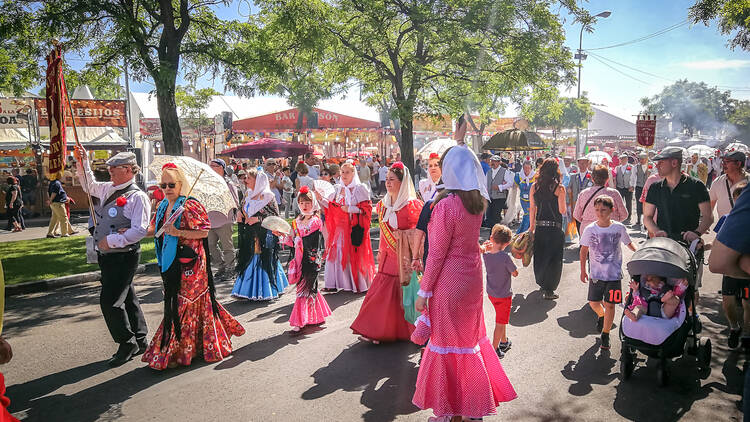
At the heart of the San Isidro celebrations lies a deep respect for tradition, and a central element of this is the pilgrimage, or romería, to the Pradera de San Isidro. Here, families and friends gather in a joyous atmosphere, many adorned in the traditional Madrileño attire of "chulapo" for men and "chulapa" for women. This practice not only showcases a strong sense of local identity but also provides a visually stunning and culturally enriching experience for anyone witnessing the scene.
The act of dressing in these historical garments and congregating in this specific location speaks to a long-standing cultural practice, passed down through generations, offering a genuine glimpse into Madrid's heritage. Adding to the unique customs is the tradition of drinking "agua del santo," or holy water, from the spring located next to the Ermita de San Isidro (San Isidro Hermitage). This ritual connects the festival to its religious foundations and offers a distinctive cultural experience for those who partake. The act of consuming this water carries a symbolic weight, likely linked to the patron saint, providing a deeper understanding of the festival's origins. No visit to the Pradera de San Isidro during the festival would be complete without indulging in the traditional foods, most notably the rosquillas and limonada.
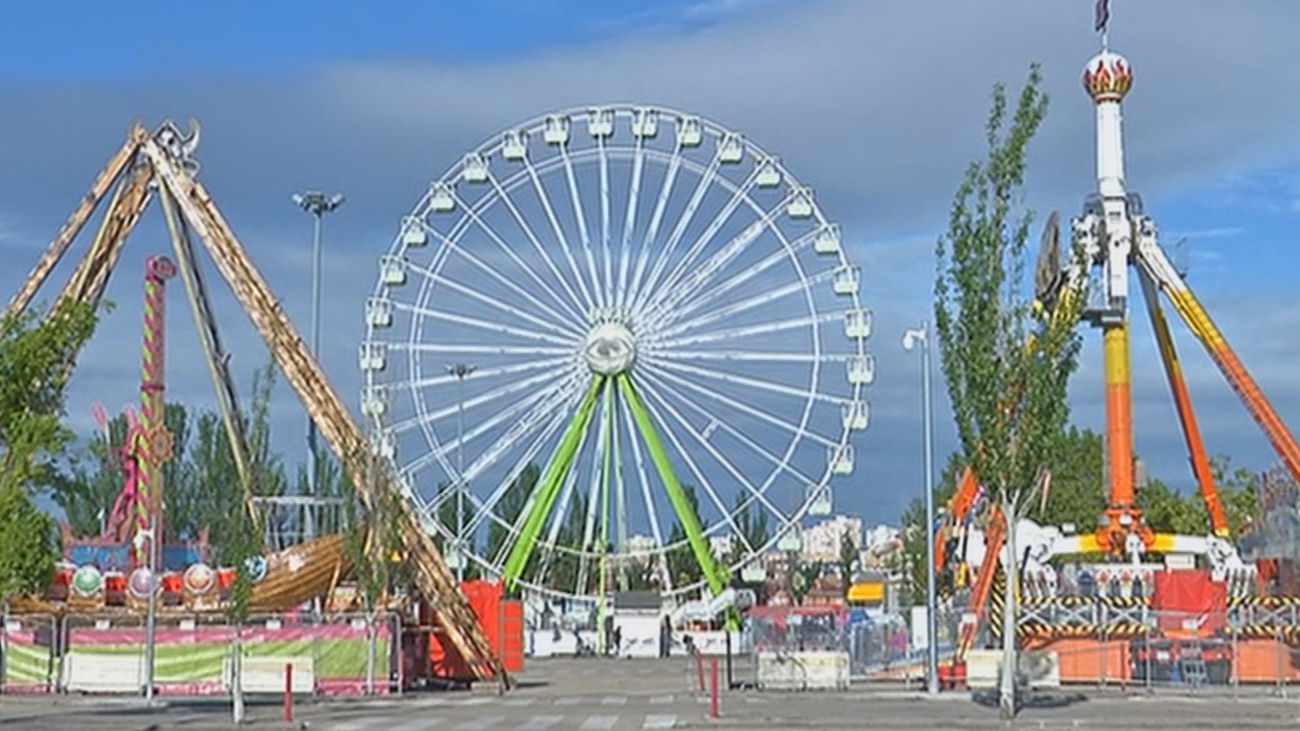
The rosquillas, a type of ring-shaped pastry, come in various tempting forms, including the plain "tontas," the sugar-glazed "listas," the meringue-topped Santa Clara, and the almond-covered "francesas". This variety suggests a rich culinary tradition associated with the festival. The Madrid-style limonada is a refreshing concoction of wine, lemon, sugar, and chopped fruit, offering a distinct local flavour. The specific mention of these different types of pastries indicates a level of culinary detail and tradition that goes beyond typical festival fare. The ingredients of the limonada point to a refreshing and potentially potent local beverage perfect for the spring weather.
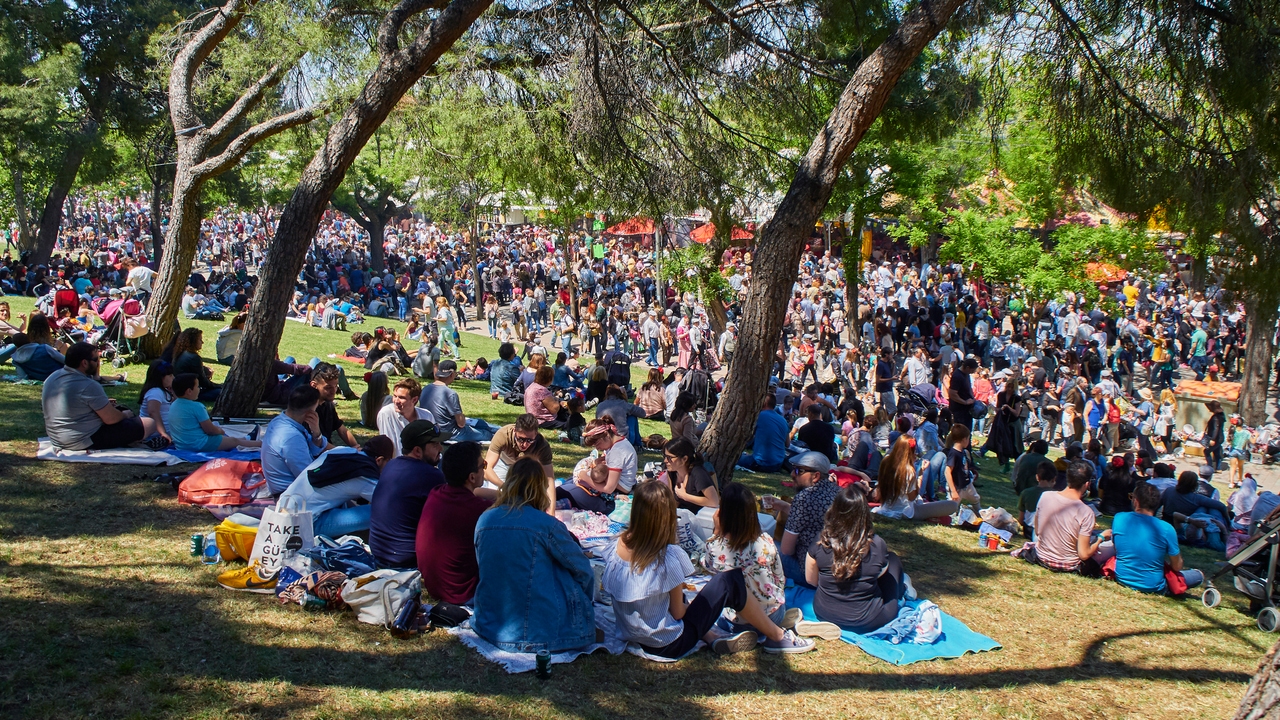
While specific dates have passed, the types of traditional events that have recently occurred include the blessing of the water from the Santo Fountain and a special opening of the Chapel of San Isidro. These events underscore the religious significance of the festival and provide opportunities for spiritual participation. Adding a vibrant and playful element to the festivities are the parades of giants and big-heads, known as pasacalles de gigantes y cabezudos. These lively processions, which have taken place in the Plaza de la Villa, bring colour and amusement to the streets, appealing to families and people of all ages. For those eager to immerse themselves further in Madrid's culture, workshops on the traditional Madrid dance, the "chotis," have been held at the Círculo de Bellas Artes, offering an interactive and engaging way to learn this iconic dance.
The San Isidro festival offers more than just traditions and music; it encompasses a wide range of activities that transform Madrid into a city-wide celebration. The official opening of the festival is marked by the pregón, a speech delivered by a well-known personality. This event signifies the formal commencement of the festivities and often generates excitement and anticipation. The traditional Pottery Fair, or Feria de la Cacharrería, takes place in the Plaza de las Comendadoras, providing an opportunity to discover and purchase traditional crafts. This fair offers a chance to experience traditional Spanish craftsmanship and acquire unique souvenirs. For a more unusual form of entertainment, the Mechanical Theatre, or Teatro Mecánico, presents its performances at Matadero Madrid. This quirky and perhaps nostalgic form of entertainment adds to the festival's diverse offerings.
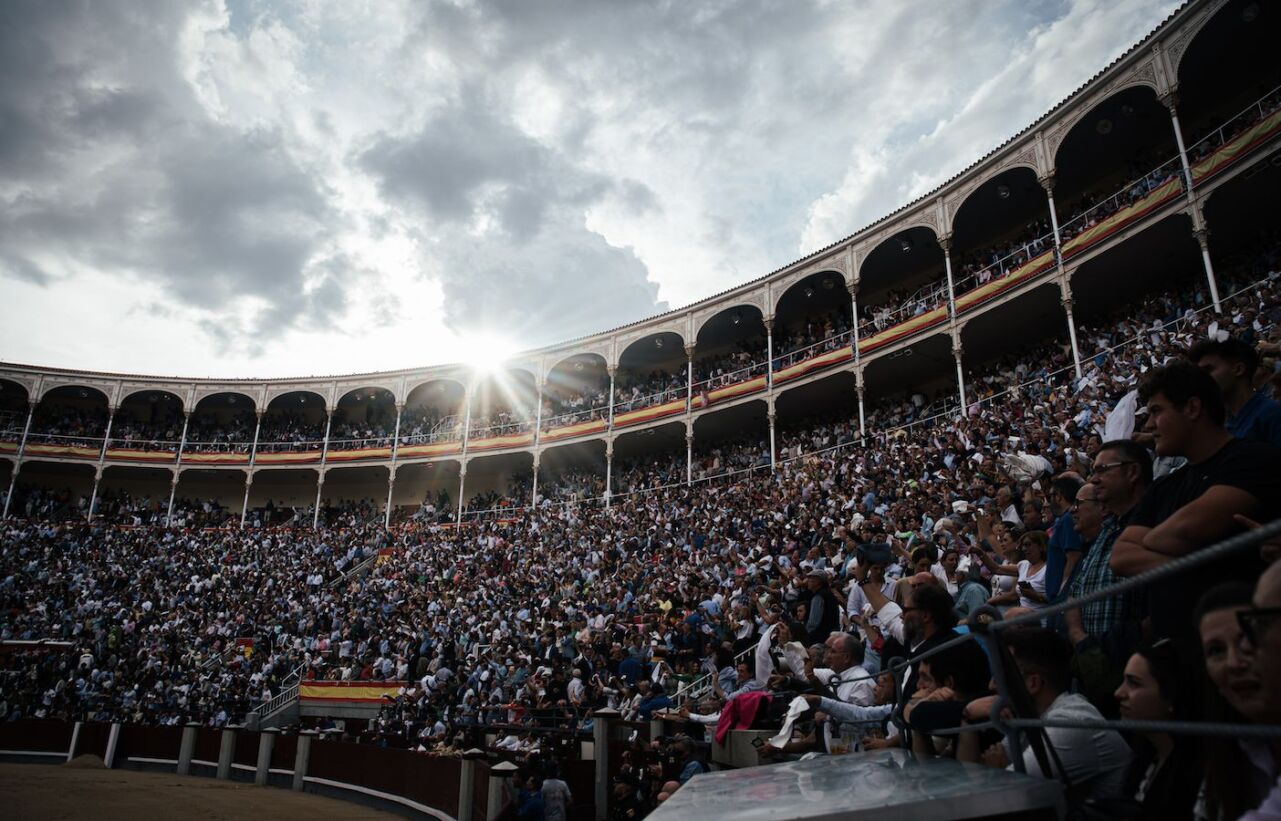
Book lovers can explore the Antique and Second-Hand Book Fair, which runs along the Paseo de Recoletos, extending beyond the main festival period. This caters to a specific interest and indicates a broader cultural celebration in the city. The religious foundation of the festival is also evident through various traditional religious ceremonies held throughout the celebration, including the blessing of the water and masses at different locations. These events underscore the religious significance of San Isidro and provide opportunities for worship and reflection. A significant event within the festival program is the prestigious San Isidro Bullfighting Fair, held at the Plaza Monumental de Las Ventas. While this event can be a subject of differing opinions, it remains a deeply ingrained part of Spanish culture and the San Isidro festivities, attracting a dedicated audience. The culmination of the San Isidro festival is marked by a spectacular fireworks display on the final day. This grand finale provides a memorable and visually stunning conclusion to the celebrations.
As the San Isidro festival approaches its final days, the energy and excitement in Madrid remain palpable. The blend of enduring traditions, captivating musical performances, and diverse cultural activities creates an atmosphere unlike any other. For those seeking a last-minute cultural adventure, the remaining days of the San Isidro festival offer a unique opportunity to experience the heart and soul of Madrid in full celebratory swing. Don't miss the chance to witness the final flourish of this beloved fiesta.
 1
Like
Published at 7:09 PM Comments (0)
1
Like
Published at 7:09 PM Comments (0)
Exploring the Enchanting Subterranean River of San José
Friday, May 9, 2025
Hidden within the stunning Sierra de Espadán Natural Park in Spain lies a natural wonder that captivates all who venture into its depths: the subterranean river of San José. This remarkable river flows through the Caves of San José (Grutas de San José), offering visitors a truly unforgettable experience. It's one of the few navigable underground rivers in Europe, a hydrologically active cave system stretching an impressive 2,750 metres, with 800 metres accessible for exploration.

A visit to the subterranean river of San José is like stepping into another world. The crystal-clear waters of the river wind their way through a series of breathtaking chambers and formations, creating a mesmerizing spectacle of nature's artistry. The journey, largely undertaken by boat, typically lasts around 40 minutes, allowing ample time to soak in the beauty of the surroundings.
The route along the river unveils a series of captivating sights. The Blue Pond shimmers with an ethereal glow, while the Bat Room echoes with the whispers of its nocturnal inhabitants. The Boca del Forn, a dramatic opening in the cave, leads to the serene lakes of Diana and Diablo, each possessing its own unique charm.
Adding to the allure of the caves are the distinctive formations that adorn the landscape. The Medusa, a striking stalactite formation, hangs suspended from the ceiling, while the Cascade of Flowers mimics a frozen waterfall in stone. The Portal of Bethlehem evokes a sense of wonder, its intricate details resembling a scene from a fairytale.
Beyond its geological wonders, the Caves of San José also hold historical significance. Palaeolithic remains and cave paintings have been discovered within its depths, offering a glimpse into the lives of those who sought shelter here thousands of years ago. These ancient artefacts add another layer of intrigue to this already fascinating site.
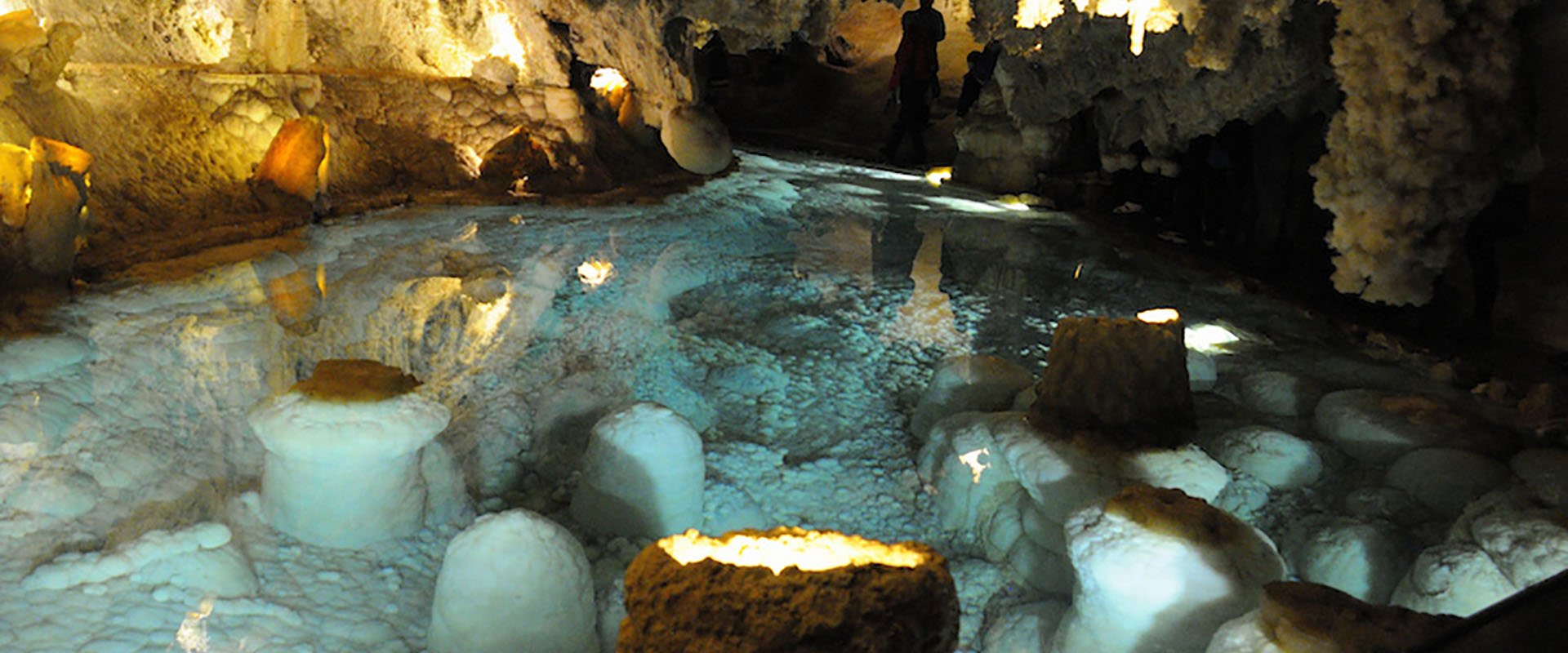
The subterranean river of San José is more than just a tourist attraction; it's an experience that touches the soul. The tranquillity of the underground world, the beauty of the natural formations, and the sense of adventure all combine to create a memory that will last a lifetime. It's a testament to the power and artistry of nature, a place where you can escape the everyday and immerse yourself in the wonders of the earth.
If you are looking for an extraordinary adventure, a journey into the heart of the earth, then the subterranean river of San José awaits. It's a destination that promises to leave you spellbound, a place where the beauty of nature unfolds in the most unexpected and enchanting ways.
 1
Like
Published at 10:30 PM Comments (0)
1
Like
Published at 10:30 PM Comments (0)
How does drinking Beer affect you?
Friday, May 2, 2025
 Drinking a very cold beer on a hot summer day can be an incomparable pleasure. But not only in the summer season is this drink present in our lives, throughout the year beer is the king of concoctions and competes fiercely with wine for first place in Spain. Drinking a very cold beer on a hot summer day can be an incomparable pleasure. But not only in the summer season is this drink present in our lives, throughout the year beer is the king of concoctions and competes fiercely with wine for first place in Spain.
The importance of beer in Spain is total. In recent years, moreover, the production of all kinds of this concoction has increased exponentially with hundreds of varieties for all tastes.
From classic blonde beers to IPAs to the most modern, there are many types of beer that we can find in bars and supermarkets. Even the arrival of new craft varieties of this drink in establishments has taken beer to a new level.
Spain is one of the countries that consumes the most beer. Even so, it is far from other countries like Slovakia that dominate the lists of maximum lovers of this drink.
This concoction has thousands of years behind it. There are documents that prove that beer was already present in ancient Egypt, a fact that makes it one of the drinks with the longest history in the world. Since then, the passion for this fermentation, that has true lovers, has not stopped growing.
Although its popularity is total, it is still an alcoholic beverage. According to the World Health Organization (WHO), this type of concoction should be limited to about 20 grams daily, the equivalent of two glasses of wine or beer for men. Even so, many experts advise against this recommendation and call for completely eliminating alcohol or making it occasional.
Thus, if we decide to consume beer or alcohol every day, we must take into account the effects on the body that these will generate. Several studies have analysed the possible damage of this over the years.
Although it is true that the intake of this drink can favour in some contexts, there are more negative effects than positive ones. Even so, a Spanish study managed to show that within a healthy diet, a controlled intake of beer could help in a certain way to fight against cardiovascular diseases. Which may be a good enough excuse for most people!
However, it should be noted that this is an exception. The effects of drinking beer and alcohol on a daily basis have a long list of negatives. The first is an increased risk of depression according to different studies that analysed regular and sporadic drinkers.
In addition, daily consumption is also related to obesity, liver disease and cancer. More than 30 grams a day clearly increases the appearance of cirrhosis and cancer, especially in the throat and mouth.
In relation to calories, each beer provides around 150 calories, something that can lead to a lack of control if you do not have a varied and healthy diet. Stomach upset is also linked to this drink on a daily basis. Damage to the stomach or oesophagus is two of the most common.
Finally, daily consumption is also directly related to the increased risk of death. Heavy and problem drinkers tend to have higher premature deaths than those who drink occasionally or do not consume alcohol at all.
 3
Like
Published at 11:54 PM Comments (1)
3
Like
Published at 11:54 PM Comments (1)
Spam post or Abuse? Please let us know
|
|